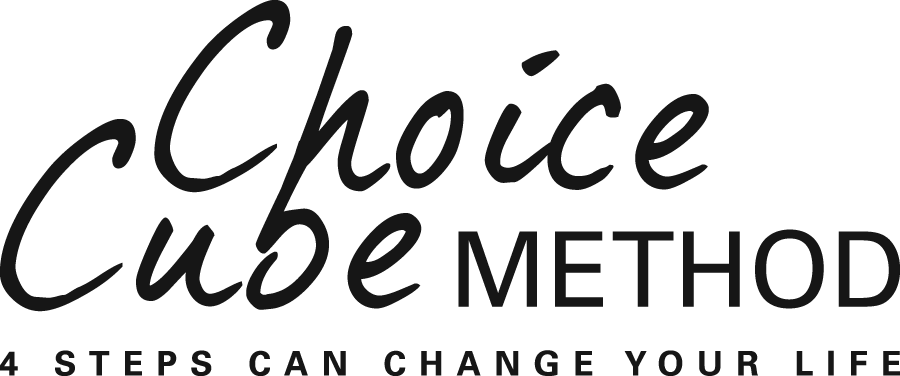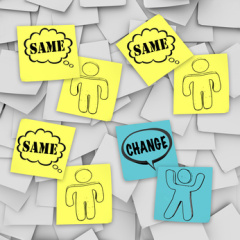4 Steps You Can Take Right Now To Change Your Life
/ Are you feeling stuck? Do you want to make some changes? You may feel conflicted, uncertain, or unequipped to make changes. You may even have felt this way for a while. But there is a way out. It's not complicated either. If you want to make changes to your life take the following 4 steps of the Choice-Cube Method. They can make a world of difference. But there's a secret. The four steps won't change you.
Are you feeling stuck? Do you want to make some changes? You may feel conflicted, uncertain, or unequipped to make changes. You may even have felt this way for a while. But there is a way out. It's not complicated either. If you want to make changes to your life take the following 4 steps of the Choice-Cube Method. They can make a world of difference. But there's a secret. The four steps won't change you.
THE SECRET TO CHANGE Guess what will... Truth and compassion * Yes, ultimately in all situations, it is not tools, techniques or steps, but truth and compassion that bring genuine change and healing.
BUT FIRST! Before you begin to use the Choice-Cube Method's tools and 4 steps for choice and change, I would like you to do two things. First, get an idea--a vision--of the best of who you are. Second, take the Choice-Cube Assessment Quiz to find out how your body, emotions, mind and will/desires may be blocking you and holding you back from becoming who you were meant to be. Now, take a look at the Choice-Cube Method
THE CHOICE-CUBE METHOD'S 4 STEPS FOR TRUTH AND COMPASSION, CHOICE AND CHANGE Step 1 - Body: Pay attention. Stay aware. Be an objective observer of your thoughts, feelings and behaviors. What truth is your body trying to tell you? If you feel stressed, have some tools on hand to help you manage your stress and move on to Step 2.
Step 2 - Emotions: Don't be afraind to know the truth of what you feel. Allow yourself to feel your emotions and label them. You do not have to act on them. Emotions are signals from your body that tell you to pay attention and decide if what you are doing, or what is being done to you, is helpful or harmful. If you don't have tools to interrupt negative emotions and replace them, learn some. Then use them. Emotions can enrich your life if you know how to manage them well.
Step 3 - Mind: If you manage your stress and negative emotions it's time to look for the meaning you are attaching to the person, thing, action or problem that is upssetting you. Now is the time to look at yourself and see what needs to change within you. Be honest and patient with yourself and others. Can you you stop focusing on something or someone outside of you that you think is the problem? Are you willing to take responsibility for your part in the problem? If so, you give yourself choice.
When you can see the problem and the meaning you attach; if you take responsibility for what you think, feel, want, and do; you can see the problem but also look for your options and strengths. When you can see both, try to seesaw between the two until you are ready to choose which one you prefer to focus on. This choice is critical because whatever you focus on will result in more of the same. Your focus will cause you to see what you are already looking for! This causes the formation of new mental and behavioral habits, healthy and harmful.
Step 4 - Will/Desires: Now, if you have managed your stress, negative emotions, and the meaning you attach--Steps 1 through 3--you can stop trying to avoid or control everything inappropriately. You can do something different. You can make changes and take action to resolve issues win-win--so that you and others feel fairly dealt with. You can replace the negative and act on the positive.
These four steps are the steps of the Choice-Cube Method for choice and change found in Become the Person You Were Meant to Be. In addition to the four steps, the book also provides a mental framework for self-understanding and tools for choice and change. Once you learn the steps and tools you can use them over and over to find immediate relief in the present and to make long-term lasting changes.
*Truth is defined here as a relatively realistic and complete picture of yourself, others, and the situation.Compassion is defined as consciousness of others’ and your own distress with a desire to alleviate it.




